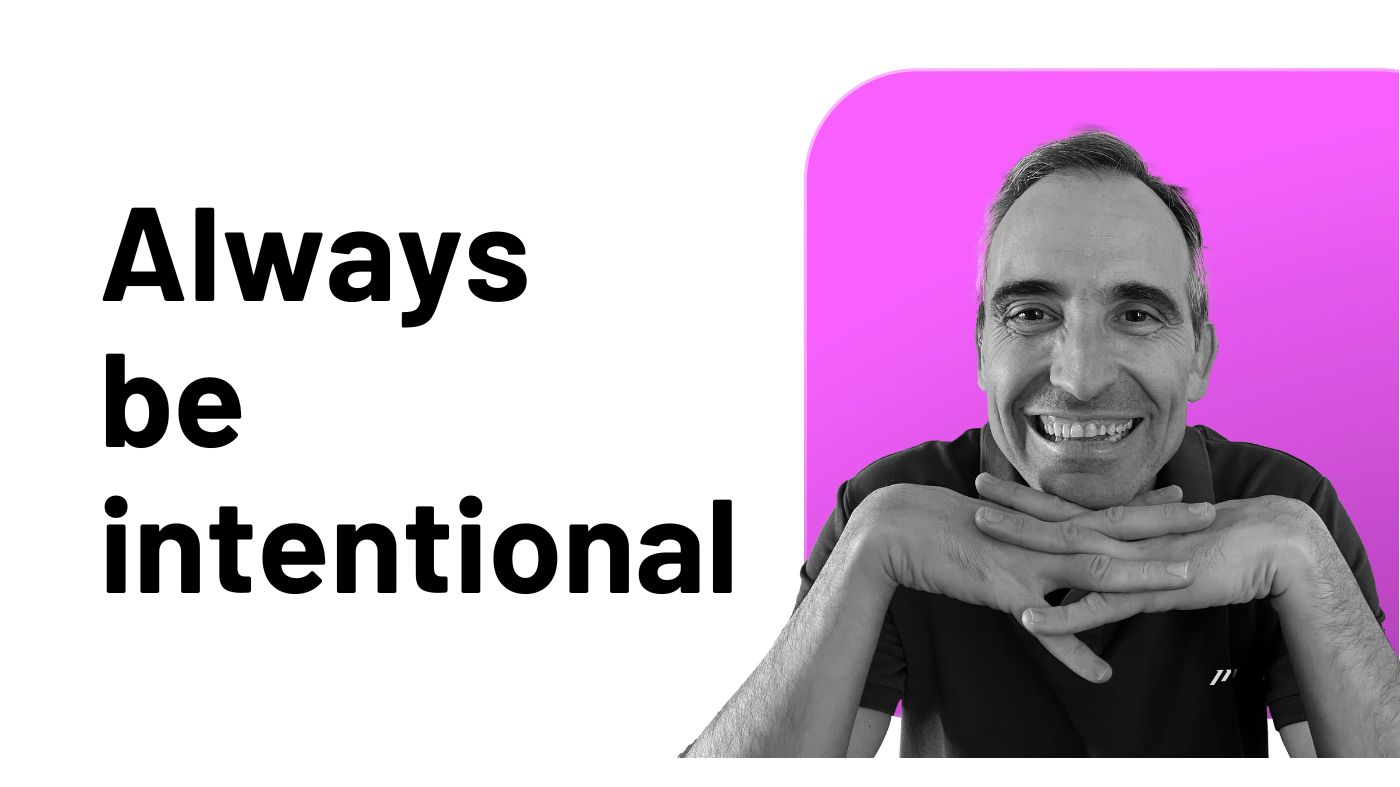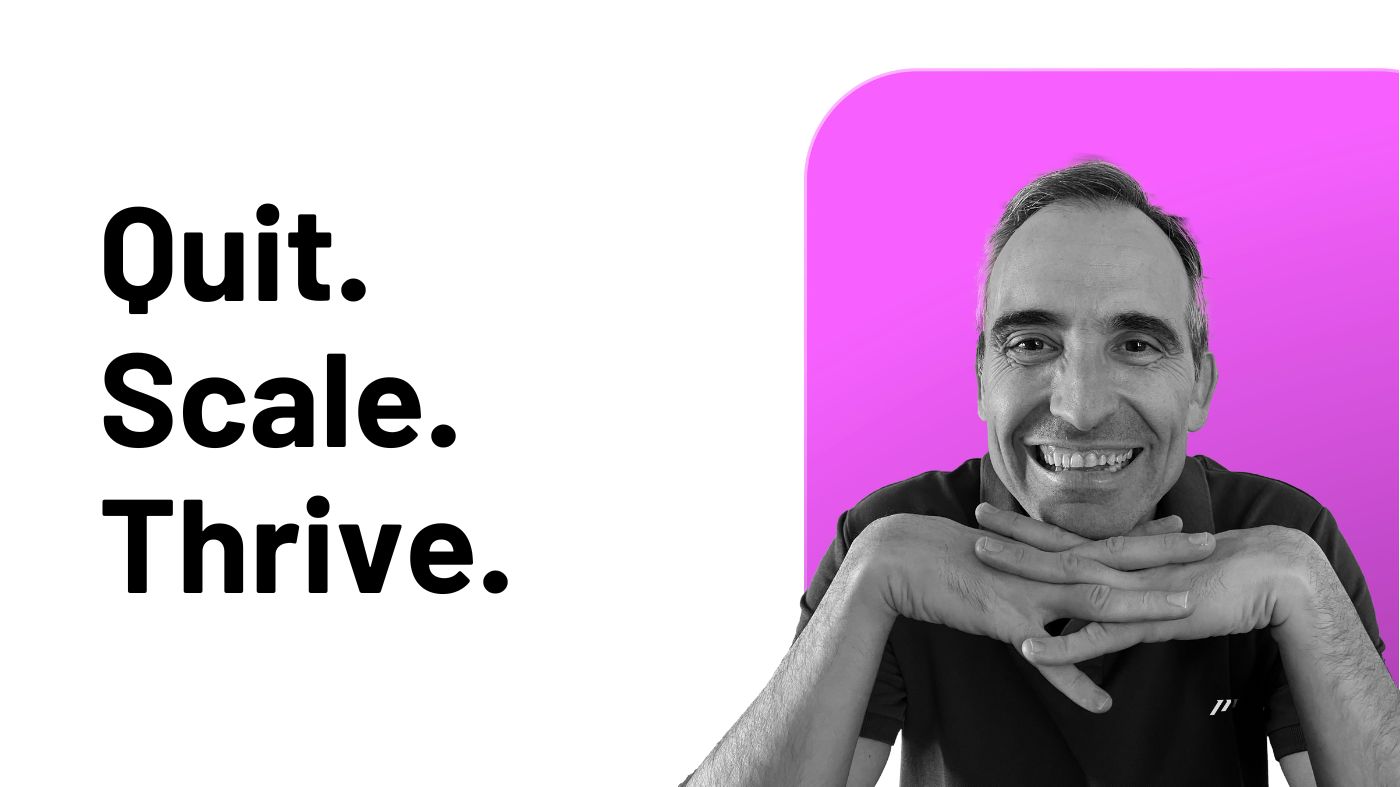For busy professionals, balance is the cornerstone of sustained productivity.
Yet, the modern professional landscape is rife with unplanned meetings, urgent calls, and unexpected challenges.
To thrive in this environment without succumbing to stress or burnout, cultivating balance is essential.
“Balance is not something you find; it’s something you create.” — Jana Kingsford
Creating balance requires a mindful approach, beginning with realistic Task Management.
At the Paperless Movement®, we emphasize not just achieving your daily goals but also structuring your work and life to sustain those achievements over time.
By thoughtfully organizing your daily tasks within a structured Task Management system, you can control your workload, foster resilience, and promote well-being.
Building Balance into Your Daily Workflow
To sustain productivity, plan your workdays with intentionality, allowing for both planned tasks and inevitable interruptions.
Limit your daily tasks to a realistic number, 7-10 items, including both major (Deep Work) and minor ones (Shallow Work).
This ceiling prevents overwhelm and ensures focus on tasks that genuinely matter, the ones that move you closer to your goals.
“The big secret in life is that there is no big secret. Whatever your goal, you can get there if you’re willing to work.” — Oprah Winfrey
Oprah Winfrey’s quote is true, but the secret to sustained effort lies in pacing yourself wisely.
By designating 4-6 hours for planned work and 2-4 hours as buffer time, you can maintain a rhythm that allows for unexpected interruptions without derailing your progress.
Strategies for Weekly Success: Balancing Planned and Buffer Time
Creating balance is about weekly and daily planning.
Each week, review your goals and ensure they align with your daily actions.
Integrating both planned work time and buffer time allows you to meet your Weekly Goals while also navigating unexpected changes.
“You never change things by fighting the existing reality. To change something, build a new model that makes the existing model obsolete.” — Buckminster Fuller
Buffer time is your ally against the unpredictable; it keeps your Weekly Goals intact when the unexpected arises and mitigates underestimations in task duration.
When approaching each day, assess your energy levels and workload.
So rather than overcommitting to a rigid schedule, allow flexibility that enables adaptation to new demands and conditions.
The Compound Effect of Balanced Planning
Many busy professionals overestimate what they can accomplish in a day and underestimate what they can achieve over a year.
Long-term productivity comes down to small, consistent actions that compound over time. That’s the real (and only) secret. It’s exactly what big achievers have done throughout history.
At the Paperless Movement®, we advocate for weekly assessments of your progress, encouraging you to ask every single day this: “Did I balance my energy and tasks well today?”
By aligning your workload with your capacity, you’re not just getting things done; you’re setting yourself up for sustained achievement.
Takeaways
-
Limit and prioritize tasks: Focus on 7-10 daily tasks, balancing significant tasks (Deep Work) with smaller, quicker ones (Shallow Work).
-
Incorporate buffer time: Reserve 2-4 hours daily to manage interruptions, ensuring your primary tasks remain on track.
-
Focus on long-term gains: Remember that consistent, balanced effort compounds over time, creating enduring results.
Balance is a cornerstone of sustainable productivity.
By thoughtfully structuring your Task Management system and recognizing the value of balance in both your daily and weekly planning, you are setting yourself up not just for immediate success but for long-term achievement.




